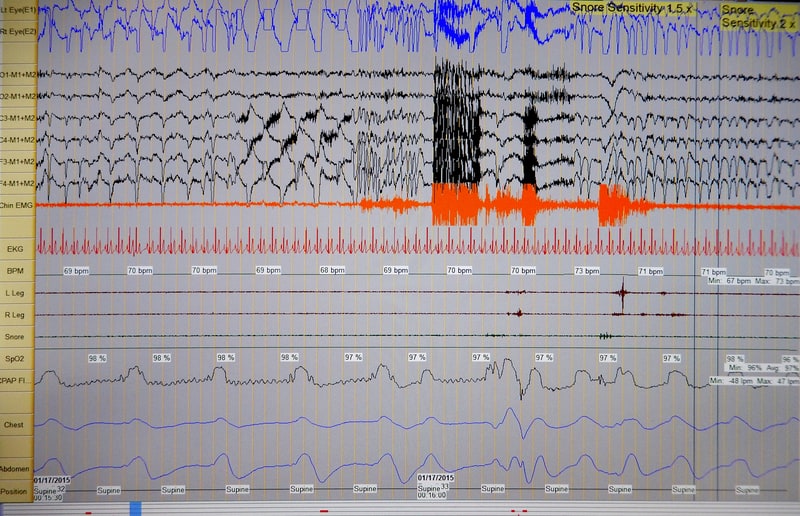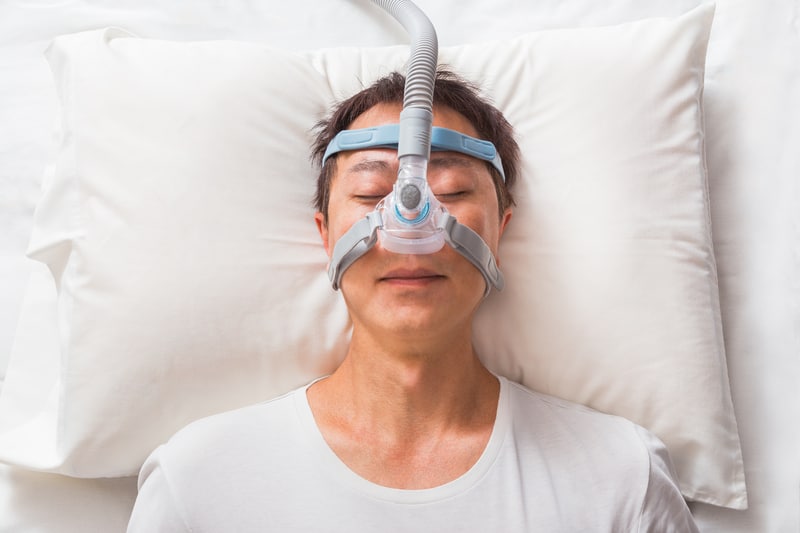The pressure needs to be high enough to stop the airway from closing and not so low it does you no good. Comfort overtreatment is an ongoing daily conversation.
What should your cpap pressure be? It can be anything between 4cmH20 to 20cmH20. What determines what it should be? If you have an auto cpap, your body tells the unit that your airway is closing and increases the pressure. If you have a set pressure unit, then the night you spent in a sleep lab, that tech came up with a pressure that they felt would work best with you. Remember, you are trying to get the Apneas as low as possible to stop the effects on your organs.
What’s the point of treating Sleep Apnea
Daily my team will get calls complaining about the pressures. The higher the pressures needed will cause more mask discomforts or mouth drying. So what can you do to find a way to get to sleep and work with the pressure you need to keep the airway open?
It bears repeating that the whole reason for using CPAP is to stop the effects of Sleep Apnea on your body. Not for some beauty pageant, or you want to scare your kids by pretending you are Darth Vader. And yes, I have women tell me they don’t want to use it because it’ll crush their hair, and men tell me the look and sound bothers their wives. To spouses of such, please love them enough to take care of you so you can take care of them. And maybe get some earplugs.
CPAP Pressure
CPAP pressure, how to figure out what you need? The easiest way is to use an Anto cpap or auto BiPAP. I worked with one doctor that would put every patient on an auto. That works most times. The thought is after a few months, your airway settles into a narrow range. This works as long as someone checks in on the AHI every few months.
Sleep labs will titrate for pressure needs. I think this is great for that one night. That night you may have taken a sleep aid which can cause a few more events than your average. Or maybe you had a light day of work and such and didn’t sleep as hard as you usually do. It might appear you need a little less pressure than usual. Auto units can be a great help giving you a range of pressures instead of a fixed pressure. That being said, millions are using a fixed pressure unit, and they are just fine.
Here are some problems to watch for
- It feels like you’re suffocating: The common practice is a prescription of 4cm to 20cm. This prescription tells us that you need an auto unit. And more than likely, you had a Home Sleep Study, so there is no idea what pressures might be best for you. Great, but suppose you require high pressure to open your airway. If the unit starts at 4cmH20 and then moves up to 18 cmH20, it can feel like you are not getting enough air or are suffocating. Instead, you may need to narrow the start pressure and start at a higher pressure. You will need a prescription and have someone adjust it for you. In this example of 18cm, the start pressure might be more comfortable around 8 or 10cm and turning the ramp off completely. This problem seems common among athletes, singers, and people who play wind instruments. And some with high BMIs.
- You may wake up with bloating. This can be very painful. This might be a sign of too much pressure. But before moving or dropping pressure. Try turning up your humidifier and using a full face mask. Not turning down your pressure first because you want to ensure the AHI is low already and then work with the bloating.
We’ve just looked into different ends of problems, too much pressure and not enough pressure. The pressure you start with may not be the pressure you end with, especially if you gain or lose weight. Both will affect your pressure needs.
I end each coaching session with how do you feel during your day? Do you have the energy to do what you want to do? Can you go the day without taking a nap? Have you stopped craving sugary foods?
Some terms:
Sleep Apnea – Depleted airflow somewhere in the upper airway
AHI – Apnea-Hypopnea Index, how often your airway closes each hour
cmH20- CPAP pressures are measured in centimeters of water pressure



